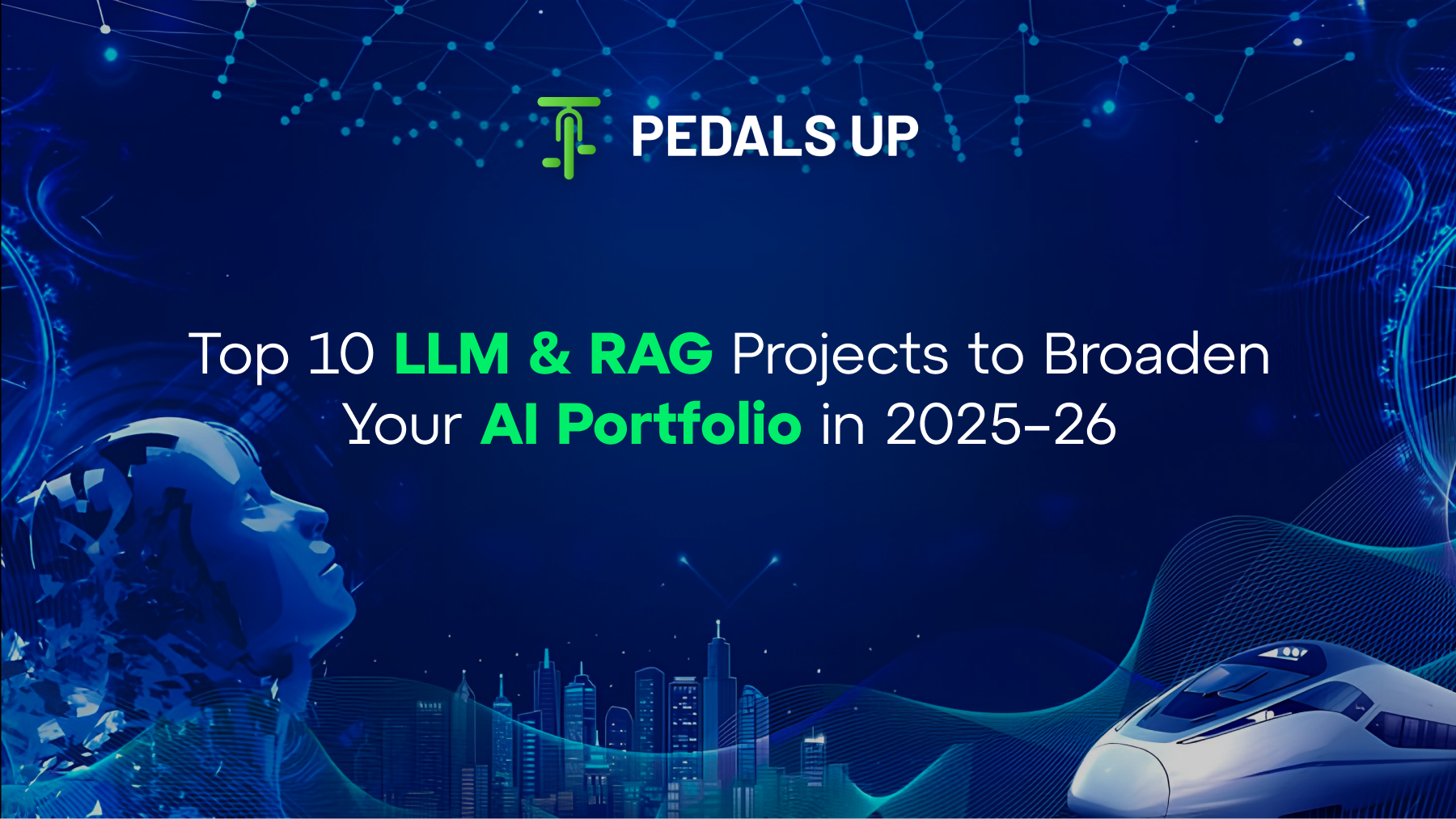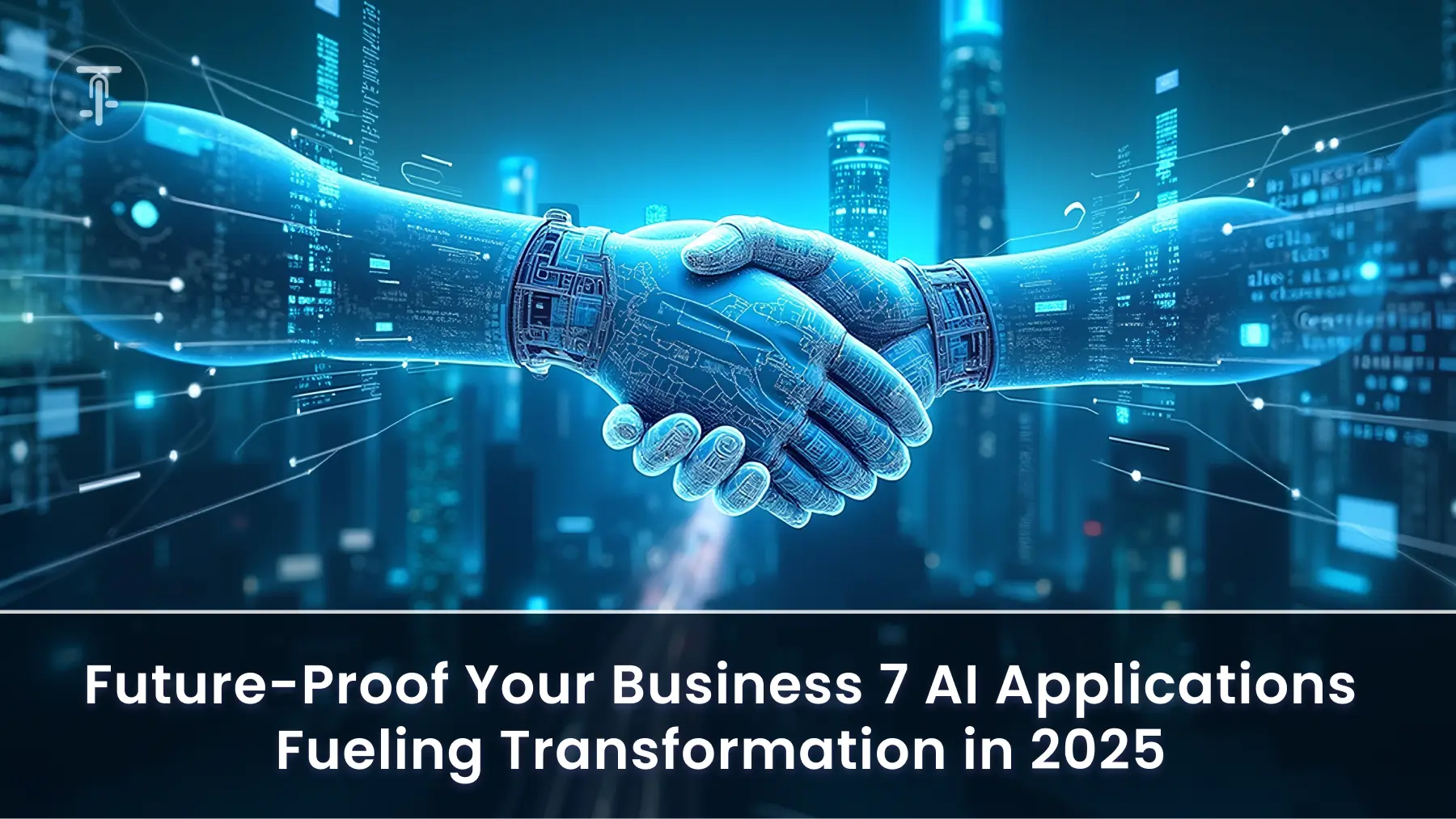Introduction
As technology continues to evolve, UI (User Interface) design is experiencing rapid advancements that redefine how users interact with digital products. In 2025, UI design will focus on creating seamless, intuitive, and highly engaging experiences that cater to modern user expectations. Businesses that keep up with these trends can enhance user engagement, boost conversions, and stay ahead in the competitive digital landscape. Here’s an in-depth look at the top UI design trends to consider in 2025.
1. AI-Powered Personalization
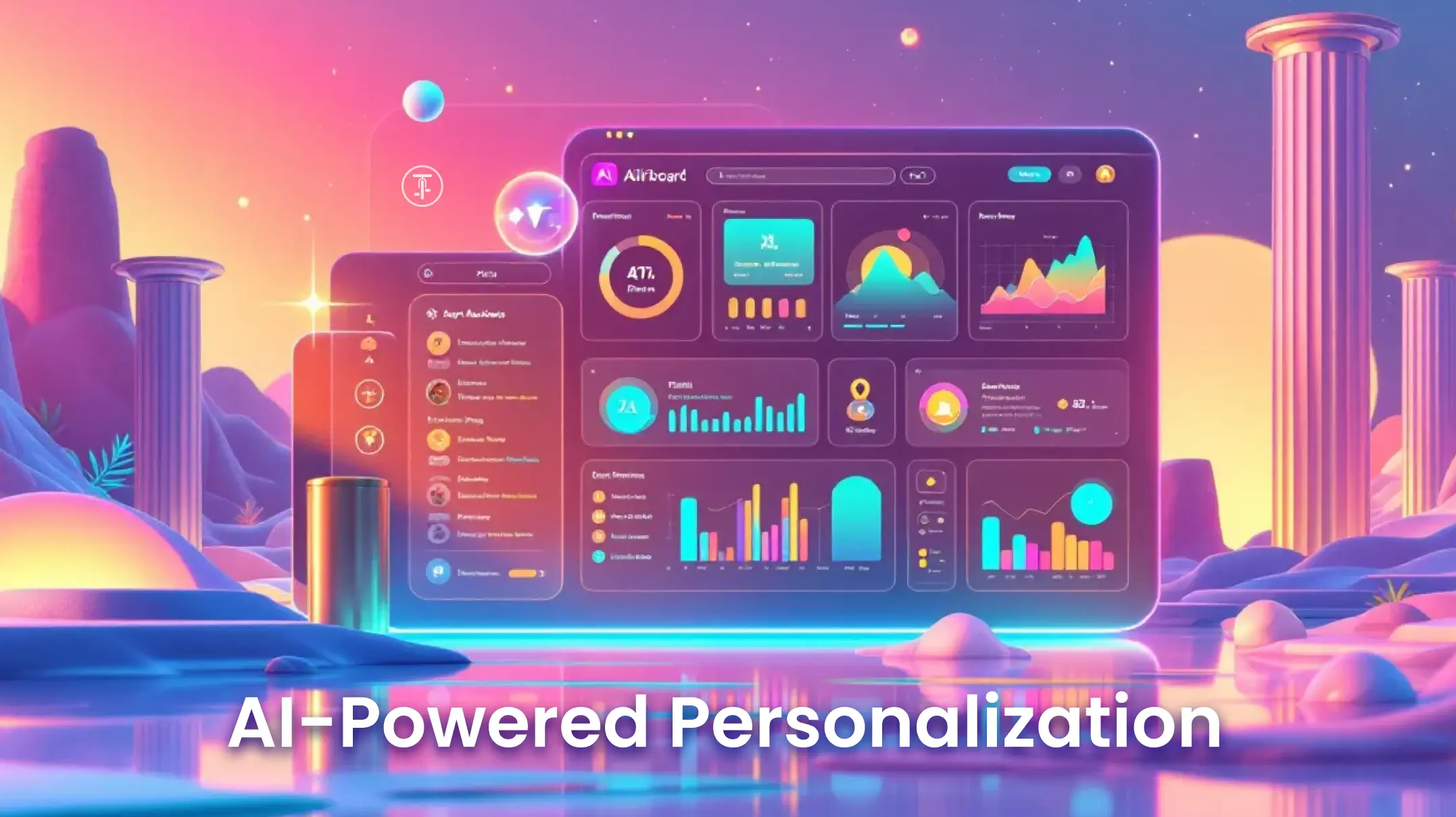
Artificial Intelligence (AI) is transforming UI design by offering hyper-personalized user experiences. AI-driven UI elements adapt to individual preferences, behaviors, and past interactions, making interfaces more intuitive and responsive. Expect to see more AI-powered chatbots, dynamic UI elements that change based on user habits, and smart content recommendations that enhance engagement.
How AI is Changing UI Design:
- Predictive UI: AI analyzes user behavior to predict actions and suggest relevant content.
- Conversational Interfaces: AI-driven chatbots and virtual assistants improve user interactions.
- Personalized Navigation: Adaptive menus and layouts based on user preferences.
2. Adaptive & Responsive Design 3.0

While responsive design has been around for years, Adaptive & Responsive Design 3.0 takes it to the next level. This trend ensures that interfaces are not just screen-friendly but also dynamically adjust based on user context, environment, and behavior.
Key Features of Adaptive UI:
- Device-Aware Design: Interfaces optimized for foldable phones, wearables, and large screens.
- Context-Aware Adaptability: UI elements adjust based on lighting conditions, user location, and device type.
- Gesture-Based Interactions: More intuitive navigation through hand gestures and facial recognition.
3. Immersive 3D and Neumorphism
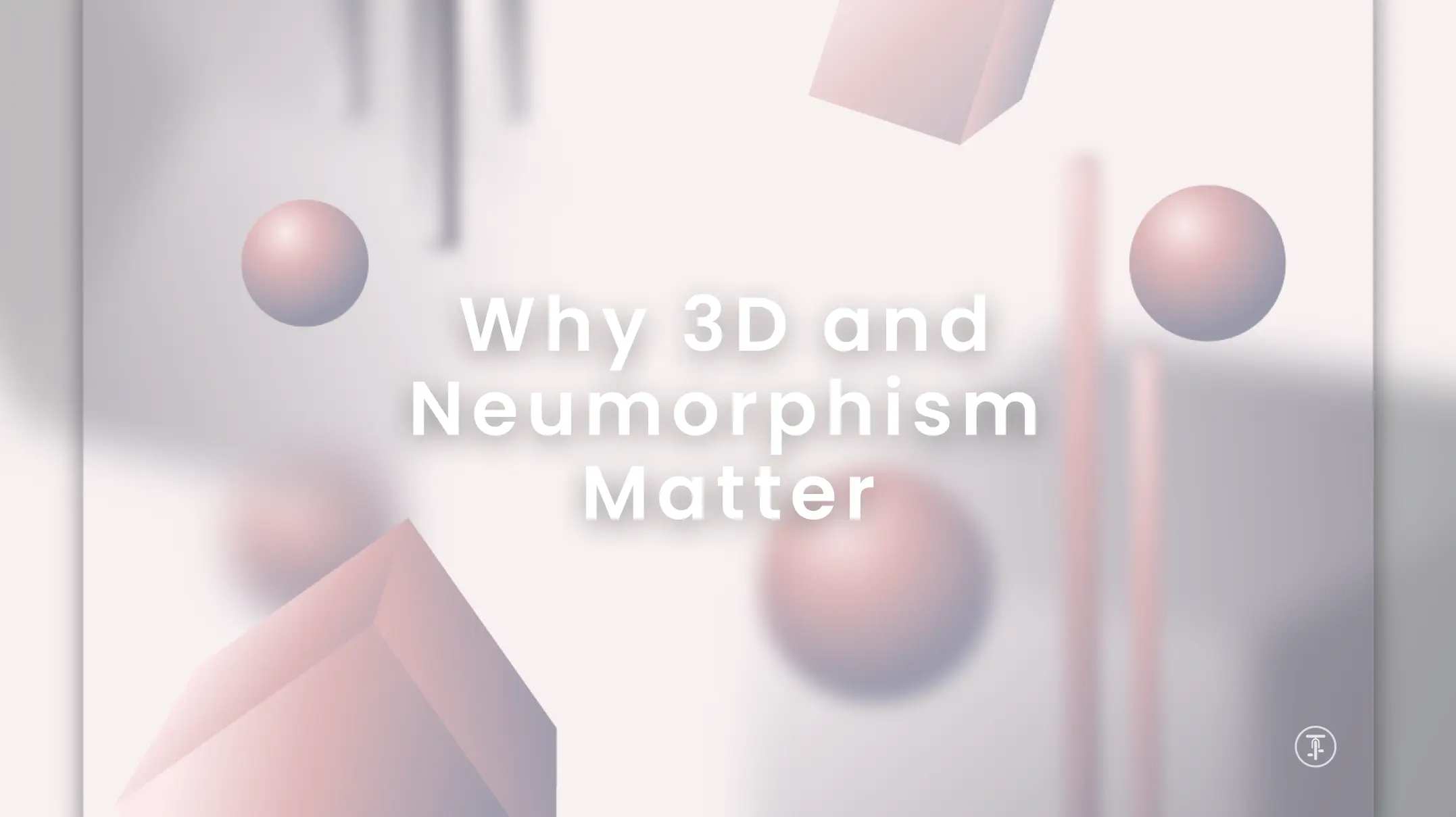
Neumorphism, a blend of skeuomorphism and flat design, continues to shape UI aesthetics. This approach, combined with immersive 3D elements, creates visually engaging interfaces that feel tactile and interactive.
Why 3D and Neumorphism Matter:
- Realism and Depth: Enhances UI with soft shadows, depth effects, and subtle gradients.
- Interactive Elements: Buttons and cards feel more responsive and intuitive.
- Better Visual Hierarchy: Draws attention to key elements without overwhelming users.
4. Evolution of Dark Mode

Dark mode has become a staple in UI design, but in 2025, it will go beyond aesthetics. Adaptive dark mode will change based on ambient lighting, reducing eye strain and improving accessibility.
Innovations in Dark Mode:
- Smart Contrast Adjustments: Enhances readability based on screen brightness.
- Dynamic Color Schemes: Shift hues based on time of day or user preference.
- Energy Efficiency: Optimized dark mode for OLED screens to extend battery life.
5. Microinteractions & Motion UI
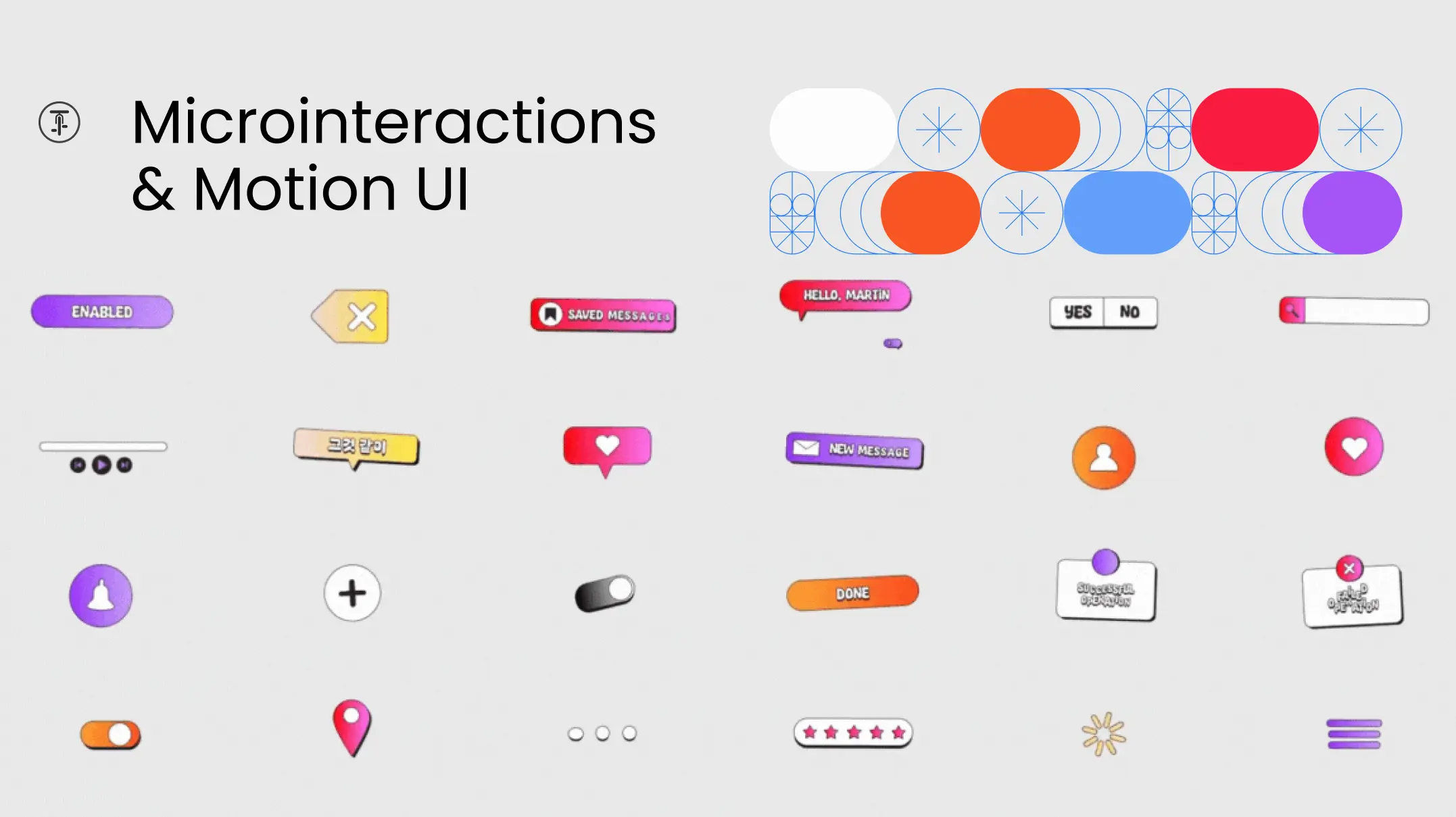
Small yet powerful, microinteractions add life to user interfaces. These subtle animations provide instant feedback, guide users, and improve the overall experience.
Examples of Microinteractions:
- Button Animations: Hover effects and click animations for better user engagement.
- Progress Indicators: Subtle loading animations that make waiting times more bearable.
- Haptic Feedback: Tactile responses in mobile and wearable UI designs.
6. Voice & Gesture-Based Interfaces
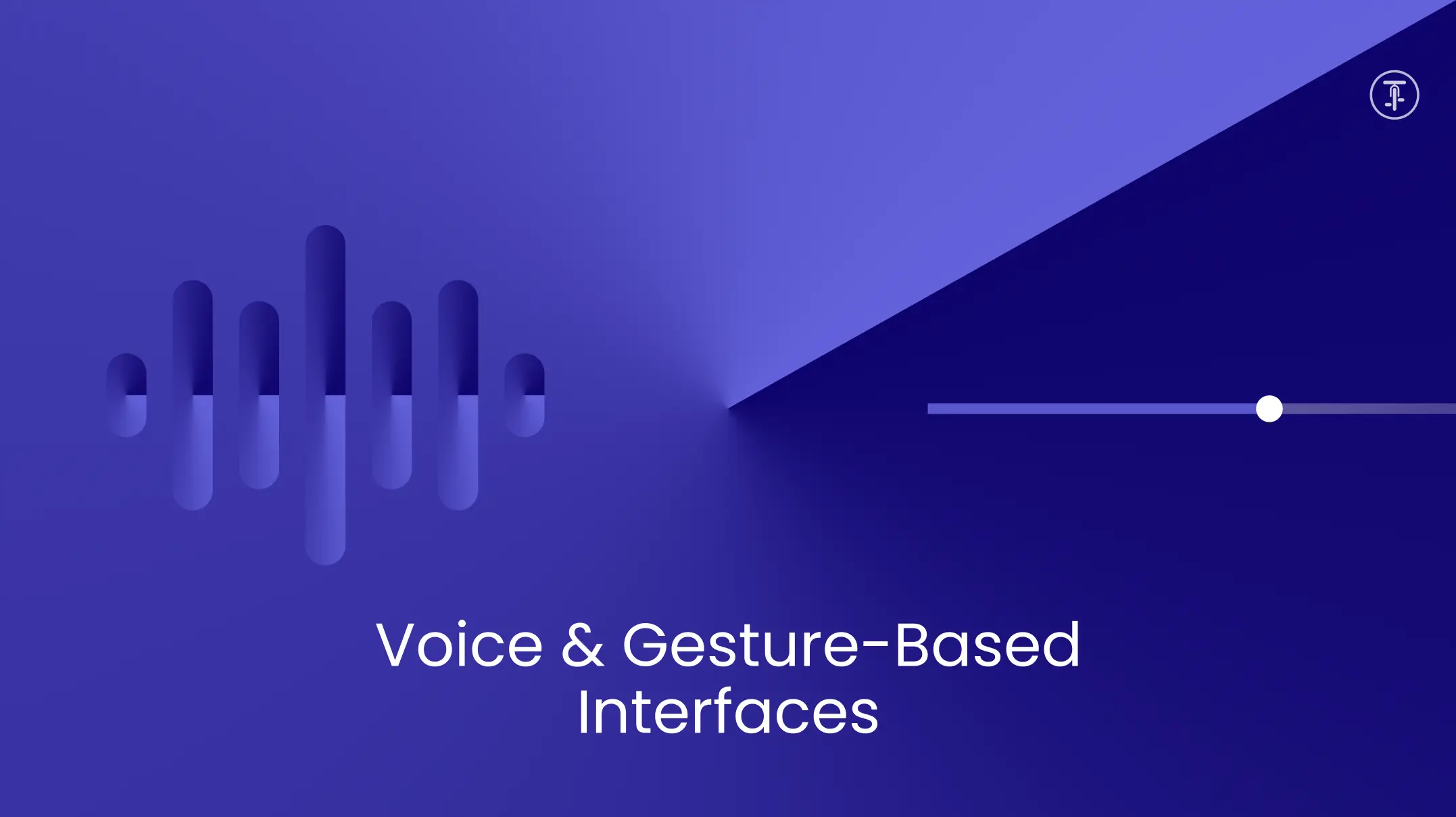
With AI-powered voice assistants and gesture-based controls advancing, UI designers must consider voice-first and touch-free interactions.
How Voice & Gesture UI is Evolving:
- Voice Navigation: Hands-free interactions with smart assistants.
- Gesture Recognition: Improved usability in AR/VR and wearable devices.
- Multimodal Interfaces: Combining touch, voice, and gesture controls for seamless experiences.
7. Glassmorphism & Transparency Effects
Glassmorphism, characterized by frosted-glass effects, transparency, and layered elements, will continue to gain traction in 2025.
Benefits of Glassmorphism:
- Enhanced Visual Appeal: Clean and futuristic UI aesthetics.
- Improved Depth Perception: Helps users focus on key content.
- Layered Design: Creates seamless transitions between different UI elements.
8. Sustainable & Inclusive UI Design
As digital experiences become more accessible, sustainable and inclusive UI design is gaining importance.
Key Elements of Sustainable UI:
- Eco-Friendly UI Practices: Reduced animations and energy-efficient dark modes.
- Accessibility-First Design: High-contrast text, voice controls, and assistive tech integration.
- Minimalist Interfaces: Less clutter for a more intuitive experience.
9. Augmented Reality (AR) UI Integration
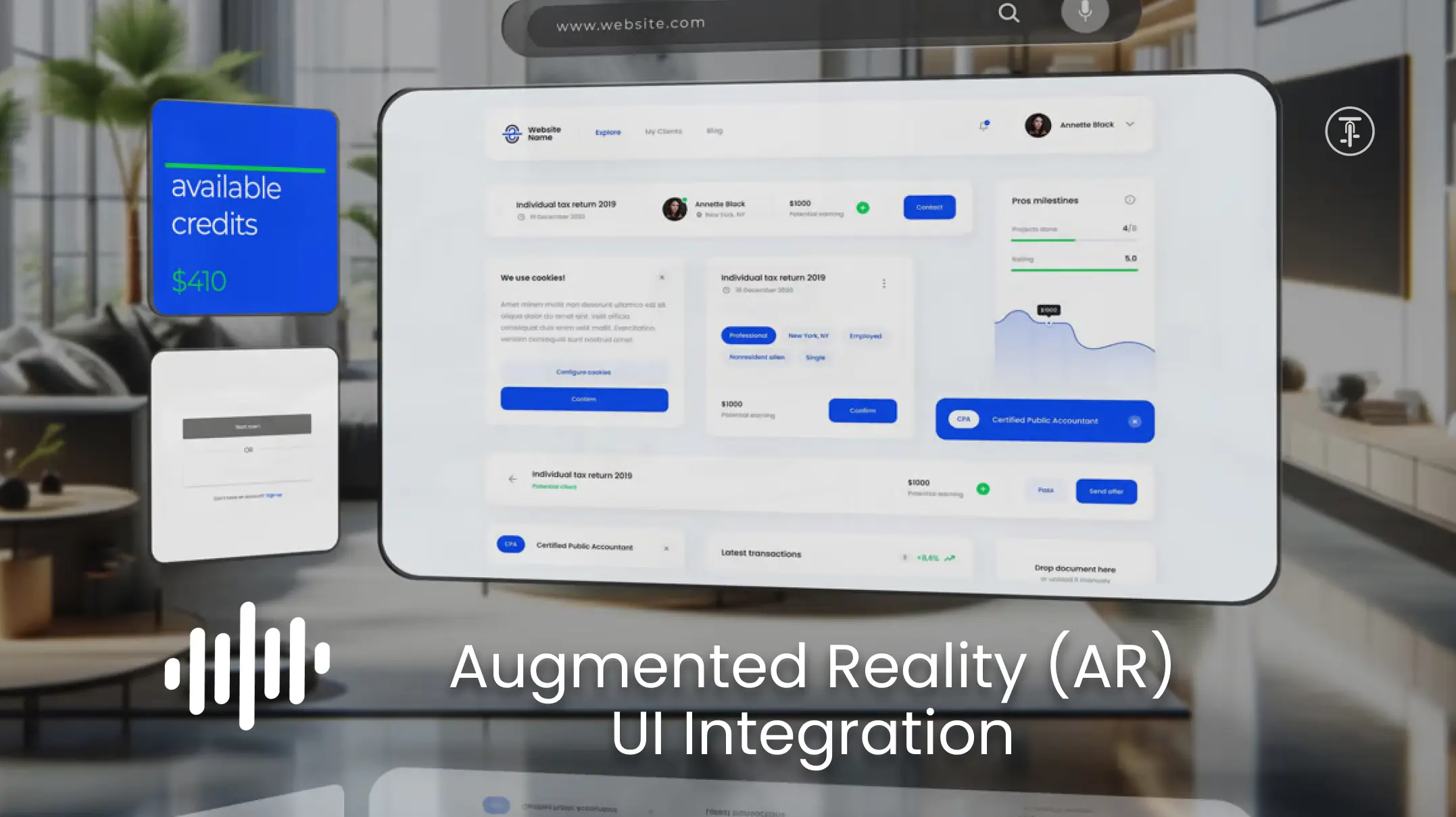
With AR technology becoming mainstream, UI designers must create AR-friendly interfaces that seamlessly blend digital and physical interactions.
AR UI Trends in 2025:
- Holographic UI Elements: Interactive overlays for immersive experiences.
- Spatial Navigation: Intuitive movement tracking for AR applications.
- E-commerce AR: Virtual product try-ons and interactive shopping experiences.
10. Hyper-Minimalism & Functional Simplicity
The trend of hyper-minimalism focuses on decluttering interfaces while maximizing usability.
Expect to see:
- Monochrome & Muted Colors: Soft, calming palettes.
- Bold Typography: Strong visual hierarchy without excessive elements.
- Simplified Navigation: Fewer menu items for an intuitive browsing experience.
Future-Proof Your UI Design with Pedals Up
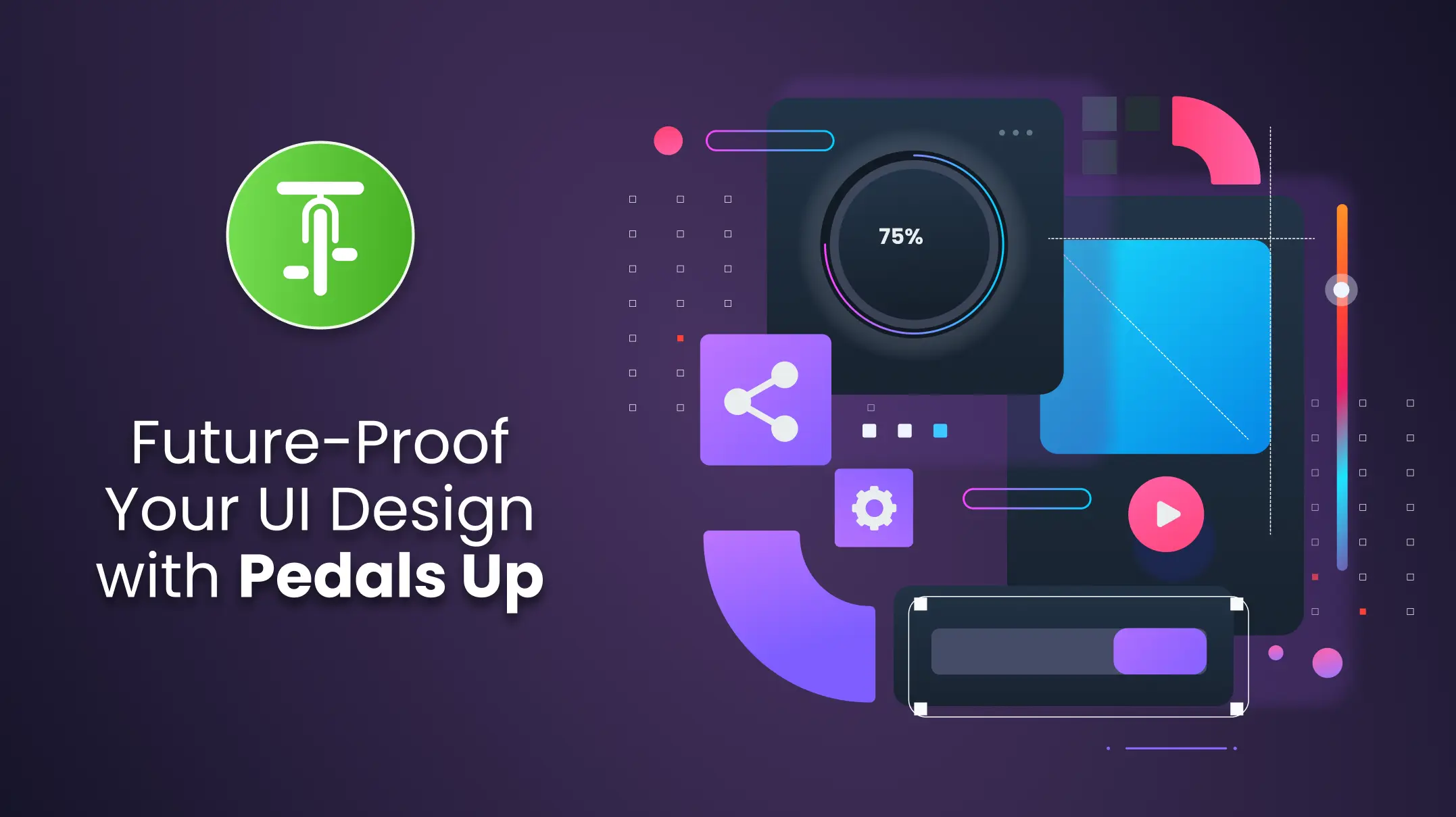
At Pedals Up, we specialize in crafting cutting-edge UI/UX designs that align with the latest industry trends. Whether you need an intuitive website, a futuristic mobile app, or an immersive AR/VR interface, our design experts ensure your digital products remain ahead of the curve.
Why Choose Pedals Up?
✔ AI-driven UI personalization for seamless experiences
✔ Responsive & adaptive design for every device
✔ Engaging motion UI & microinteractions
✔ Accessibility-focused, sustainable design principles
✔ AR/VR & voice UI integration for next-gen applications
Ready to transform your digital experience? Contact Pedals Up today and let’s build the future of UI design together!


